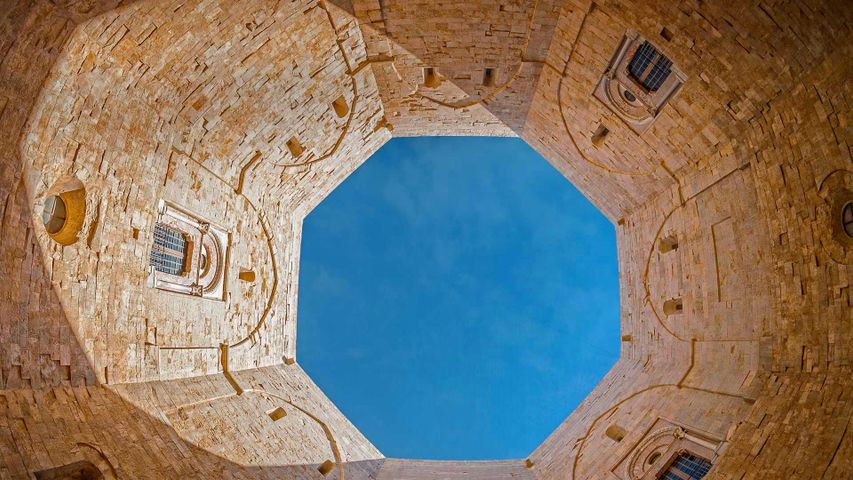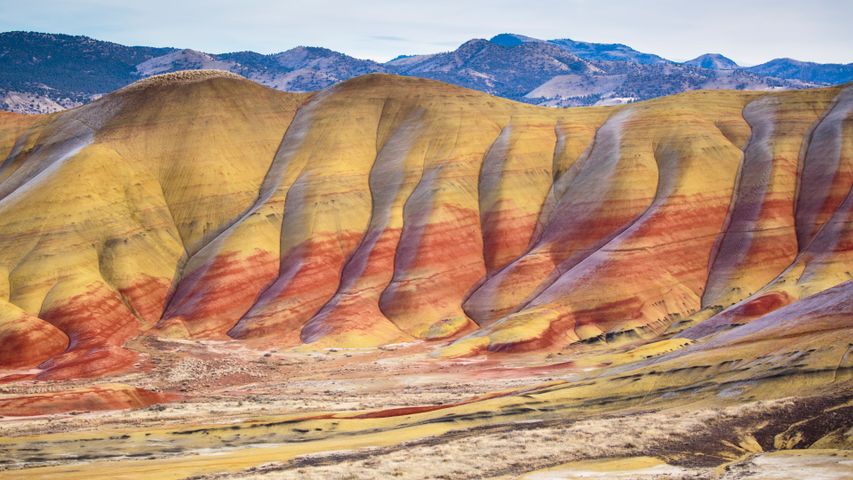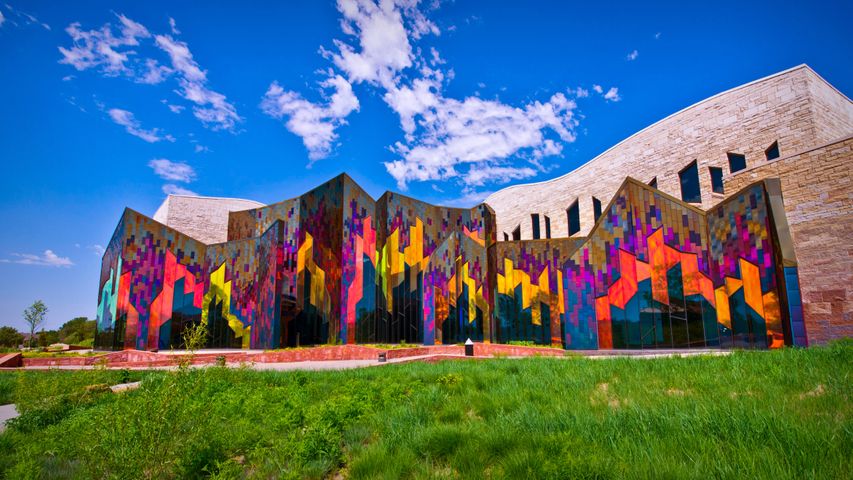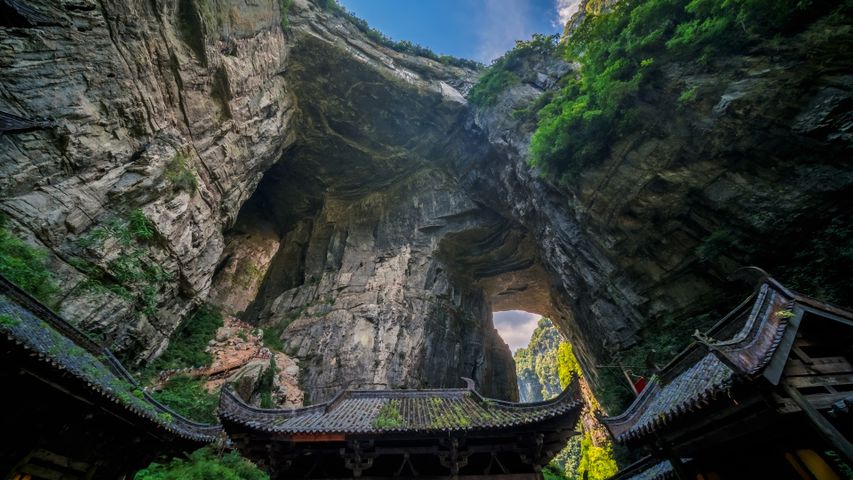Castel del Monte, Apulia, Italy
© Toni Spagone/Alam
An octagonal architectural treasure
Built in the 1240s by the Holy Roman Emperor Frederick II in southeast Italy, Castel del Monte (Castle of the Mount) features an unusual octagonal design. Eight stone walls stretch between eight octagonal towers and enclose an octagonal courtyard. Each of the two floors also has eight trapezoidal rooms. Acclaimed and protected as a World Heritage Site in 1996, the castle symbolically reflects a harmonious integration of classical Roman, Arabic, and medieval architecture and design—and to some, its octagonal symmetry suggests a connection between heaven and earth.
Its original purpose is unclear. Without a drawbridge, moat, or curtain wall to protect it, it was clearly not a defensive fortress, and its lack of stables call into question its function as a hunting lodge. Over the centuries it has served as a prison and as a refuge from the plague. But whatever the emperor’s intention, he left a captivating monument that still enchants today.
Related Images
Bing Today Images


 Bicycles in Copenhagen, Denmark
Bicycles in Copenhagen, Denmark
 Badlands National Park, South Dakota
Badlands National Park, South Dakota
 The Painted Hills in John Day Fossil Beds National Monument, Oregon
The Painted Hills in John Day Fossil Beds National Monument, Oregon
 The 12 Days of Christmas display at Butchart Gardens, Vancouver, B.C.
The 12 Days of Christmas display at Butchart Gardens, Vancouver, B.C.
 The gates of the Royal Palace (Dar El Makhzen) in Fez, Morocco
The gates of the Royal Palace (Dar El Makhzen) in Fez, Morocco
 Salt flats in San Francisco Bay
Salt flats in San Francisco Bay
 The Acraman crater, Australia
The Acraman crater, Australia
 Museum at Prairiefire, Overland Park, Kansas
Museum at Prairiefire, Overland Park, Kansas



